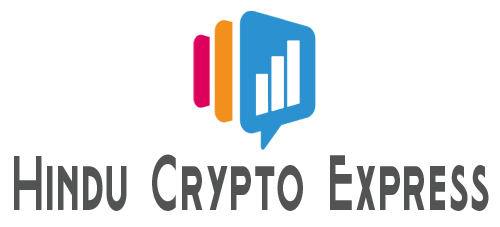Australia’s $2.8 Trillion Pension System: The Rise of Cryptocurrency in Self-Managed Superannuation Funds


Australia’s $2.8 trillion pension system, among the world’s most tightly regulated savings pools, is fast becoming a pivotal arena for cryptocurrency investment. Driving this evolution are self-managed superannuation funds (SMSFs), which collectively control about a quarter of the nation’s retirement assets and empower individuals to make independent investment choices, including the addition of digital assets such as Bitcoin and Ethereum.
Interest in crypto within SMSFs has surged, with holdings rising from roughly AU $240 million in 2020 to around AU $1.7 billion by 2025—a sevenfold jump. This surge is largely fueled by younger and more tech-savvy investors as well as smaller funds, with some SMSFs allocating as much as 4%–10% of their portfolios to crypto. While this remains a small share of the overall pension structure, it marks a generational shift toward embracing blockchain assets as part of long-term retirement planning.
Mainstream superannuation funds have mostly avoided crypto, but the landscape is shifting. In 2024, Australia’s largest provider, AMP Super, made a landmark move by adding a modest allocation of Bitcoin futures to its dynamic asset pool—signaling a recognition of digital assets as a legitimate diversification tool within retirement portfolios.
Global crypto exchanges, such as Coinbase and OKX, are aggressively rolling out services tailored to the unique compliance and reporting needs of SMSFs. With dedicated onboarding, audit-aligned transaction logs, and ATO-compliant reporting tools, these platforms are enabling a bridge between regulated superannuation frameworks and the fast-moving world of cryptocurrencies.
Still, regulators remain cautious. The Australian Securities and Investments Commission routinely warns of the volatility and risks associated with crypto exposure, urging would-be SMSF investors to seek expert financial advice. Strict regulatory requirements for SMSFs include compliance with the sole-purpose test (ensuring investments serve only retirement purposes), maintaining clear separation of personal and fund assets, and adhering to record-keeping and taxation rules.
Despite representing less than 0.2% of total SMSF assets, crypto’s rapid adoption signals the early stage of a broader shift. As platforms enhance their SMSF offerings and regulatory frameworks evolve, Australia’s pension sector may well serve as a proving ground for the mainstream integration of digital assets in global retirement planning.

Leave a Comment